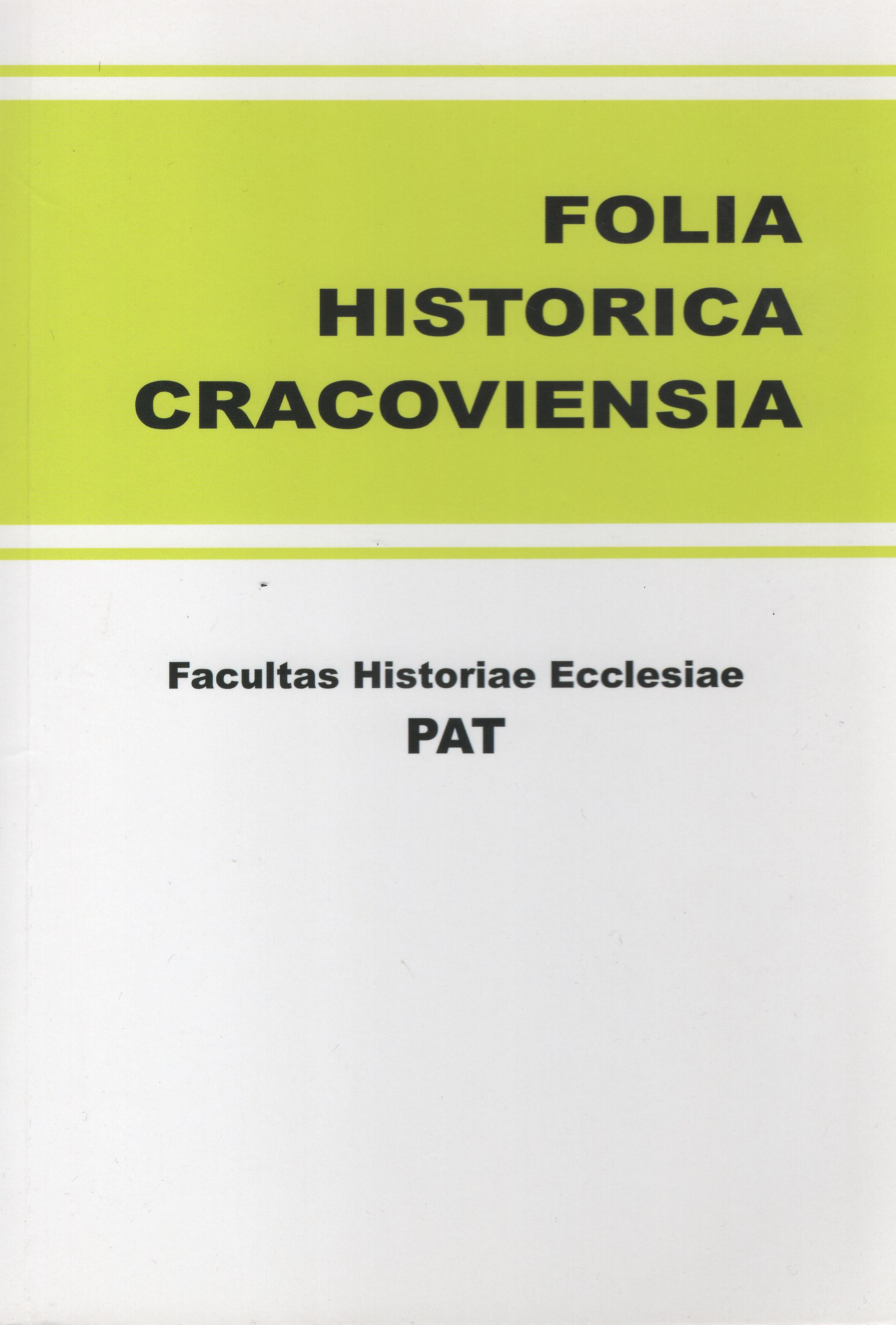Kult świętych w regułach zakonnych na przykładzie Zgromadzenia sióstr Felicjanek
The cult of saints in religious orders: the example of the Congregation of the Felician Sisters
Author(s): Lucyna RotterSubject(s): Christian Theology and Religion, History, Theology and Religion, History of Religion
Published by: Wydawnictwo Naukowe Uniwersytetu Papieskiego Jana Pawła II w Krakowie
Keywords: cult of saints; religious order; Congregation of the Felician Sisters
Summary/Abstract: In every order or monastic congregation a group of ‘favourite’ saints can be selected. The reasons differ. Most often the foremost place goes to the congregation’s founder or founders. It should be emphasized that in a number of orders, monastic congregations, monasteries, or abbeys the cult is given to benefactors and founders not formally canonized by the Church. The other group of saints venerated with a particular cult in congregations are those recognised as patrons or protectors of their congregations and saints and beatified coming from the ranks of their order. In the history of the Congregation o f the Sisters o f Saint Felix o f Cantalice Third Order Regular o f Saint Francis o f Assisi we can clearly see the care of the cult of a number of saints and beatified who in a distinctive way affected the Congregation’s spirituality and activity. First the founders of the Congregation, Blessed Honorat Koźmiński (1826-1916) and Blessed Mother Angela Truszkowska (1825— 1899), should be mentioned. From the beginning of its existence the Congregation was deeply rooted in Franciscan spirituality. The Congregation was established after approval by sisters of the Tertiary Order of Saint Francis of Assisi. It should not come as a surprise that in monasteries of the Felician Sisters the cult of Saint Francis of Assisi (1181-1226) and also of Saint Clare (1194-1253) was cherished with great popularity. The Saint to whom the Felician Sisters owe their name is Saint Felix of Cantalice (1515-1587), while in a special way the Congregation was entrusted to the care of Saint Joseph and Immaculate Heart of Mary /W każdej regule zgromadzenia zakonnego może zostać wybrana grupa „ulubionych” świętych. Różne są przesłanki takich wyborów. Poczesne miejsce zajmuje najczęściej założyciel (bądź założyciele) danej kongregacji zakonnej. Należy podkreślić, że w wielu zgromadzeniach zakonnych, klasztorach bądź opactwach istnieje kult dobrodziejów i fundatorów formalnie nie beatyfikowanych czy kanonizowanych przez kościół. W historii Zgromadzenia Sióstr Świętego Feliksa z Kantalicjo Trzeciego Zakonu Regularnego Świętego Franciszka Serafickiego wyraźnie widać troskę o kult wielu świętych i błogosławionych, którzy w szczególny sposób dotykają duchowości i działalności Zgromadzenia. W pierwszej kolejności powinni zostać wymienieni błogosławiony Honorat Koźmiński (1826-1916) i błogosławiona Matka Angela Truszkowska (1825- 1899). Od początku swojego istnienia Zgromadzenia była głęboko zakorzeniona w duchowości franciszkańskiej. Reguła felicjanek wywodzi się z tercjarstwa franciszkańskiego. Nie powinno więc dziwić, że w klasztorach Sióstr Felicjanek szczególnie pielęgnowany i cieszący się wysoką pozycją jest kult świętego Franciszka z Asyżu (1181-1226), a także św. Klary (1194/53). Świętym któremu Siostry Felicjanki zawdzięczają swoją nazwę jest św. Feliks z Kantalicjo (1515-1587). W sposób szczególny Kongregacja została powierzona opiece św. Józefa i Niepokalanego Serca Maryi.
Journal: Folia Historica Cracoviensia
- Issue Year: 13/2007
- Issue No: 1
- Page Range: 109-118
- Page Count: 11
- Language: English

